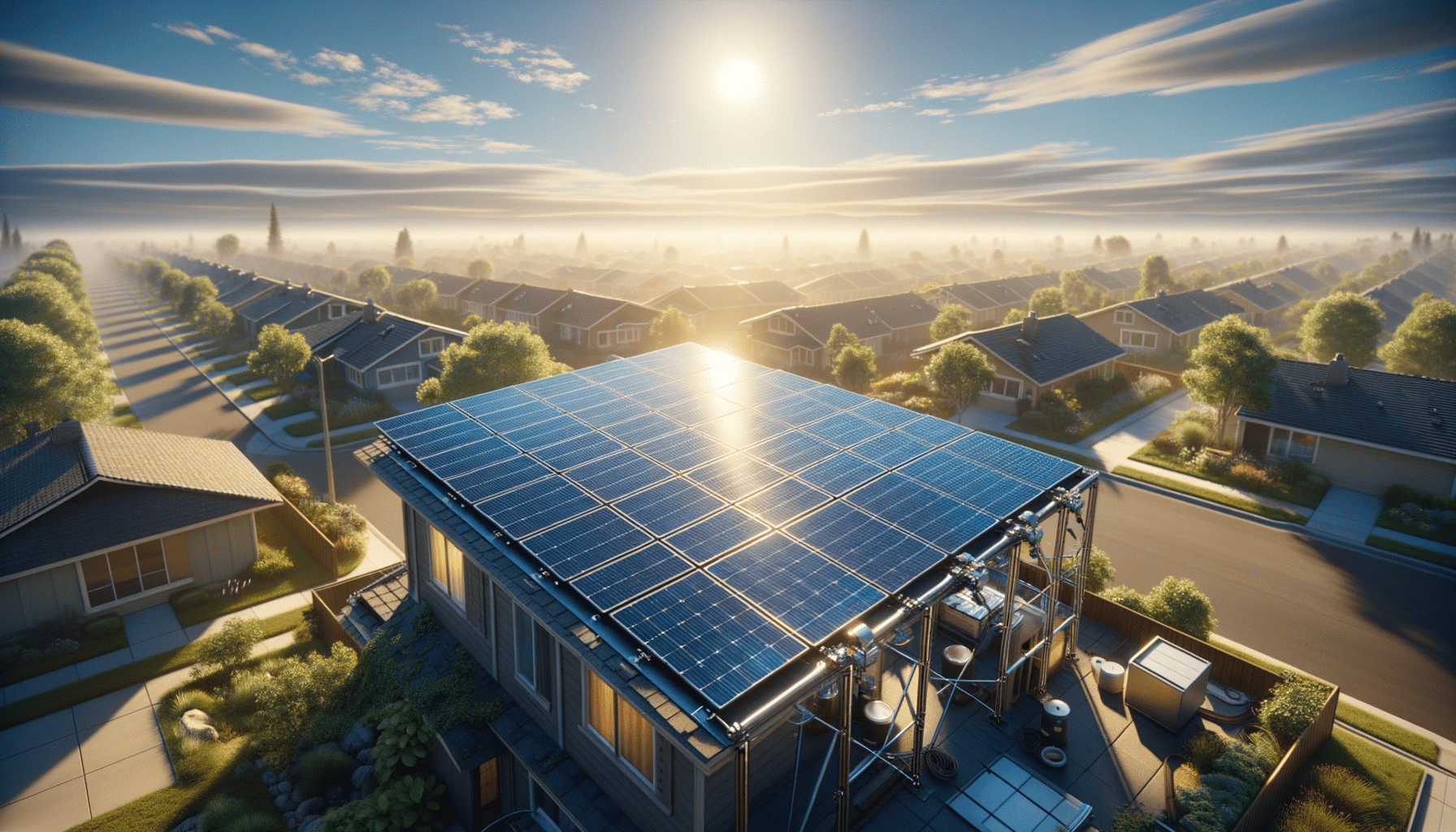
Learn more about Solar PV Systems
Introduction to Solar PV Systems
Solar photovoltaic (PV) systems have emerged as a pivotal technology in the transition towards sustainable energy. Harnessing the sun’s energy to generate electricity, these systems provide a renewable, clean, and increasingly cost-effective alternative to traditional fossil fuels. As the world grapples with climate change and the need for energy independence, understanding solar PV systems has never been more relevant. This article delves into the various aspects of solar PV systems, exploring their components, benefits, challenges, and future potential.
Components of a Solar PV System
At the heart of any solar PV system lies a set of critical components that work in tandem to convert sunlight into usable electricity. The primary component is the solar panel, which contains photovoltaic cells made from semiconductor materials like silicon. These cells capture sunlight and generate direct current (DC) electricity. In addition to solar panels, a typical PV system includes:
- Inverter: Converts DC electricity into alternating current (AC) electricity, which is used by most home appliances.
- Mounting System: Secures the solar panels in place, either on rooftops or ground installations.
- Battery Storage: Optional component for storing excess electricity generated during peak sunlight hours for use during nighttime or cloudy days.
- Monitoring System: Tracks the system’s performance, ensuring it operates efficiently.
Understanding these components is essential for anyone considering the installation of a solar PV system, as it impacts both the installation process and the system’s overall efficiency.
Benefits of Solar PV Systems
Solar PV systems offer a multitude of benefits that appeal to both individual homeowners and broader society. One of the most significant advantages is the environmental impact. By generating electricity from sunlight, solar PV systems significantly reduce greenhouse gas emissions, contributing to a cleaner and more sustainable planet.
Other benefits include:
- Energy Independence: Reduces reliance on imported fuels, enhancing national energy security.
- Cost Savings: Although the initial investment can be substantial, the long-term savings on electricity bills can be significant. Additionally, many regions offer incentives and tax credits that can offset installation costs.
- Low Maintenance: Solar PV systems require minimal maintenance, with most systems lasting 25-30 years.
The combination of these benefits makes solar PV systems an attractive option for those looking to reduce their carbon footprint while also achieving financial savings.
Challenges in Solar PV System Adoption
Despite their many advantages, solar PV systems face several challenges that can hinder widespread adoption. One of the primary concerns is the initial cost. Although prices have decreased significantly over the past decade, the upfront investment for purchasing and installing a solar PV system can still be a barrier for many individuals and businesses.
Another challenge is the intermittency of solar energy. Since solar panels generate electricity only when the sun is shining, there is a need for energy storage solutions or backup systems to ensure a constant power supply. This requirement can add to the overall cost and complexity of the system.
Finally, there are logistical challenges related to the installation process, including securing permits, finding suitable locations, and navigating regulatory requirements. Addressing these challenges requires ongoing technological advancements and supportive policy frameworks to make solar PV systems more accessible to a broader audience.
The Future of Solar PV Systems
The future of solar PV systems looks promising, with continuous advancements in technology poised to overcome current challenges and enhance system efficiency. Innovations such as bifacial solar panels, which capture sunlight from both sides, and perovskite solar cells, known for their high efficiency and low production costs, are paving the way for more effective and affordable solar solutions.
Moreover, the integration of artificial intelligence and smart grid technologies is expected to optimize energy distribution and enhance the reliability of solar PV systems. As governments and industries worldwide prioritize clean energy, the demand for solar PV systems is likely to grow, driving further research and development.
In conclusion, solar PV systems represent a crucial component of the global transition to sustainable energy. By addressing current challenges and leveraging technological advancements, solar energy has the potential to play a significant role in meeting the world’s energy needs while minimizing environmental impact.


